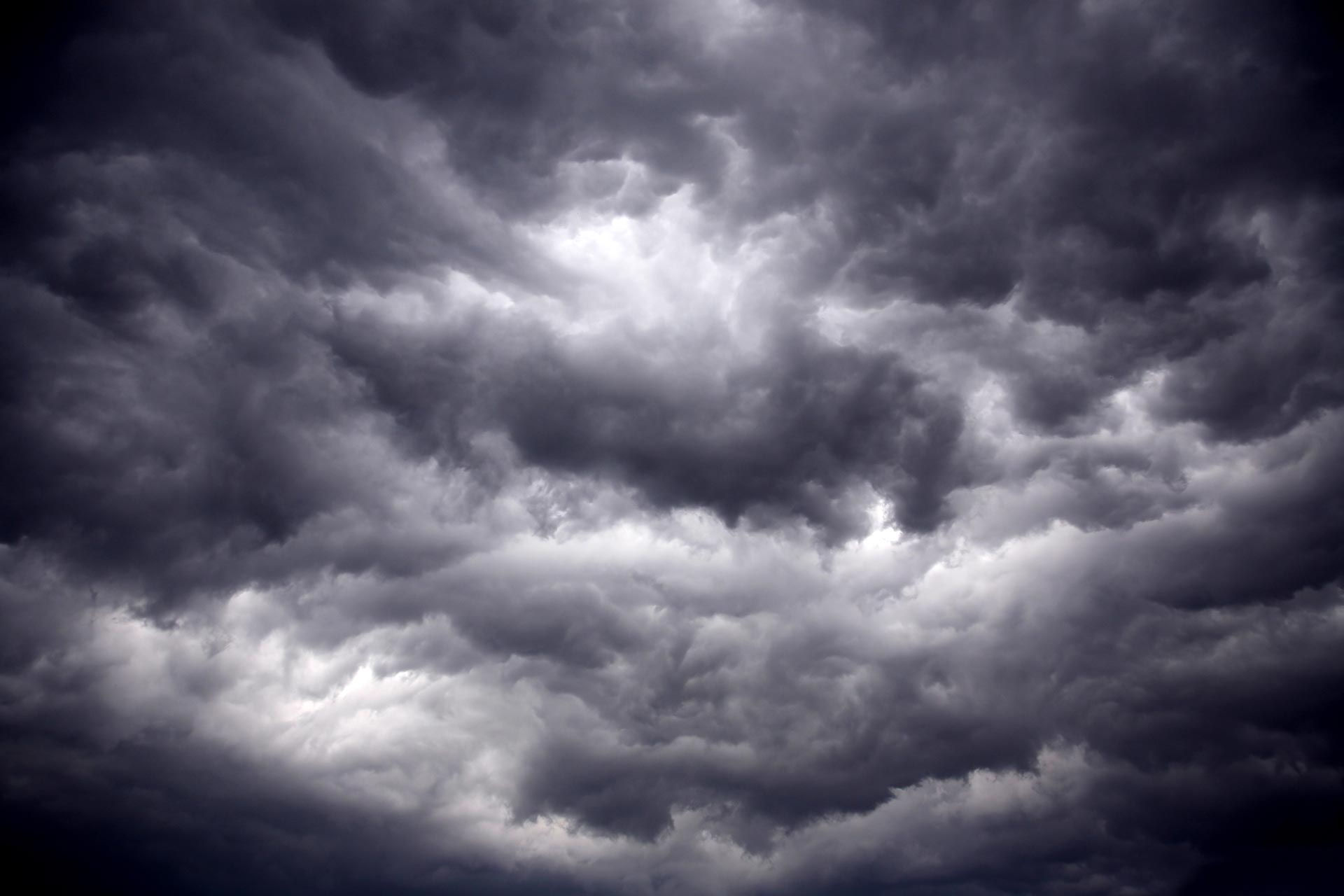STEVE'S "WILD" WORLD OF WEATHER...

When I'm wondering about weather folklore and historical events this is the man I go to. With more than 50 years of statistical and observational research, he's the dude! When it comes to lunar cycles, woolly bear caterpillars, insects, bugs, and animals, he tracks them, records them, and establishes ties to weather patterns. Only one person takes climatology to a level like this. He's even earned a lifetime achievement award from the National Weather Service for his devotion to data and science. His name is Steve Gottschalk by way of Lowden, Iowa. He's a knowledgeable and interesting man. I'm grateful to him for lending his unique perspective to the site. Steve's "wild" world of weather can be found regularly right here on TSwails.com. Take it away Steve!
EL NINO AND SEPTEMBER WEATHER
With all of the talk of the developing El Nino. I thought that I would do a little research to see if it has any influence on September's temperatures and rainfall. Going back to 1950, for which there is good data for both El Nino and La Nina, I came up with this analysis.
I found 19 years with developing El Nino's; 8 saw warmer September temperatures, 6 saw normal temperatures and 5 saw cooler readings. If you take out the stronger El Nino's, the chance for warmth goes up from 42% odds to a 50% chance. Since 2000, there were 7 El Nino's and 4 of them saw September's that were warmer than normal.
I used the same 19 years to check out the September rainfall. Of those 19 years, 10 saw below normal rainfall, 7 had above normal amounts and 2 saw normal totals. Since 2000, 4 September's have measured above normal amounts.
BARN SWALLOWS AND THE WEATHER
For the past week or so, the barn swallows have been gathering in larger groups. If you drive out into the country you can see dozens of them sitting on the power lines. It won't be long before they will be heading south.
I have been watching them during the late afternoon and early evening performing their acrobatics, catching the insects. There are several weather sayings about the swallows.
"If flying swallows undulate in circles near the ground, rain is near."
"When swallows in the evening, fly high and chirp, fair weather following, when low, rain follows."
"Swallows fly high, clear blue skies; swallow fly low, we shall know."
EL NINO'S AND OCTOBER SNOWFALL
Do El Nino's affect the Fall snowfall (Sept.-Nov.)? Using the 19 years that I did for the temperatures and precipitation, here is what I came up with.
For the month of October, 8 of the 19 years saw measurable snow. Since 2000, 4 of 7 years had measurable amounts. The average amount was 0.3", since 2000 it jumped up to 0.5".
For November, 17 of 19 years saw measurable amounts. The average monthly snowfall was 3.1" which is 0.6" more than the normal. Since 2000, 6 of 7 years saw measurable snow.
As the data points out, Fall during El Nino tends to be snowier.
EL NINO AND FALL PRECIPITATION
I was wondering if there was any connection with a developing El Nino and our Fall precipitation? Using the same 19 years of El Nino data that I used for checking out the Fall temperatures, I found that:
9 years had below normal precipitation.
8 years had above normal precipitation.
2 years had normal precipitation.
If you remove the strong El Nino's the odds change.
7 years with below normal precipitation.
4 years with above normal precipitation.
2 years with normal precipitation.
EL NINO AND THE FIRST FREEZING TEMPERATURES
I thought I would see if the El Nino's had any effect on the dates of our first freezing temperatures (32 degrees)? This time I used my own data base of the first 32 degree low going back to 1960 to see if there was any connections. I found 16 years of El Nino's. The average date for the first freeze was October 5th. If you remove the years with a strong El Nino, the date was 3 days earlier (Oct. 2nd). During those 16 years, the first freeze occurred in September, 5 times and in October, 11 times.
HISTORICAL EASTERN IOWA WEATHER EVENTS
Aug. 24, 1891 - A strong cold front on the 21st brought unseasonably cold air for the state for several days. The morning of the 24th brought light frost to Fayette with a temperature of 34 degrees.
Aug. 25, 1987 - Three days of heavy rainfall across the southern and eastern sections of the state. Belle Plaine had 6.41" of rain.
Aug. 26, 1965 - Severe thunderstorms spawned an F4 tornado that tracked across rural Benton County from S of La Porte City to near Mt. Auburn. One person was killed and 17 others were injured. 2" to 3" diameter hail fell in Black Hawk, Dubuque and Clinton counties.
Aug. 29, 1893 - Unseasonably cold weather brought record low temperatures to parts of the state. It was an early freeze for Elkader with a low of 32 degrees. Charles City had a low of 36.
Aug. 30, 1893 - A second cold morning for Elkader with a low of 30 degrees, tying the all-time August record for the state. Fayette got down to 35.
Aug. 31, 1915 - An unusually cool August brought frost to many areas of the state. Many locations in eastern Iowa saw low temperatures in the 30's. Cedar Rapids had 38, it was 36 at Keokuk and Waterloo. 35 at Fairfield and 32 at Decorah.
That is all for this edition. On the "wild" side of weather, I'm Steve Gottschalk.










Comments